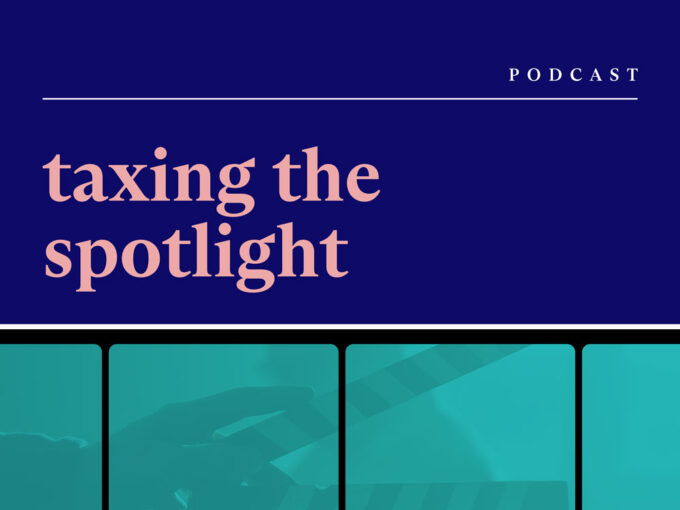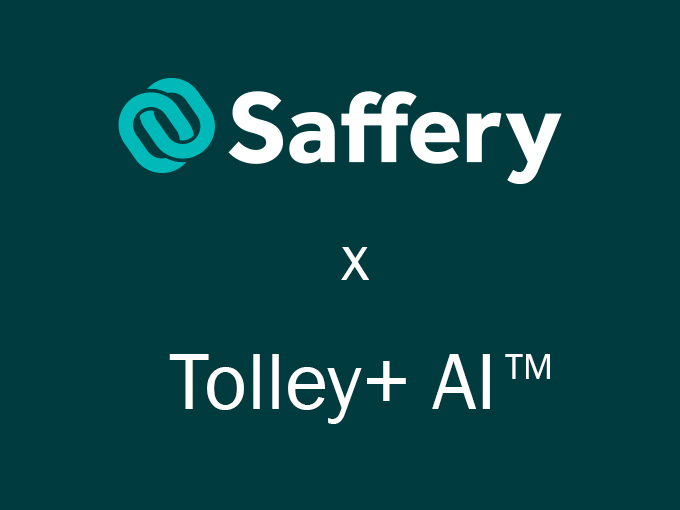The Senior Accounting Officer (SAO) regime: responsibilities, risks, and best practice

The Senior Accounting Officer (SAO) regime, introduced under Schedule 46 of the Finance Act 2009, is a key part of HMRC’s strategy to improve tax compliance and governance within large UK businesses.
The regime places a personal responsibility on a named individual (the SAO) to ensure that their company establishes and maintains appropriate tax accounting arrangements to enable accurate tax reporting.
HMRC’s increasing focus
As HMRC continues to sharpen its focus on tax transparency and risk management, it has increased its scrutiny of SAO compliance, aligning it with broader initiatives such as the Corporate Criminal Offence (CCO) regime.
This reflects a growing emphasis on governance, accountability, and the role of senior leadership in managing tax risk. For businesses within scope, understanding the regime’s requirements – and the potential consequences of non-compliance – is essential.
Who does the SAO regime apply to?
The SAO regime applies to large UK businesses with annual turnover exceeding £200 million and/or a balance sheet total exceeding £2 billion. Group aggregation rules mean that even smaller UK subsidiaries of large international groups can also fall into scope. Common triggers for falling into scope include mergers, acquisitions, and significant growth. Notably, LLPs and UK branches of overseas companies (unless they’re separately incorporated UK entities) are excluded.
What are the SAO’s responsibilities?
The SAO – typically a Chief Financial Officer (CFO) or equivalent – is responsible for ensuring that the business establishes and maintains appropriate tax accounting arrangements. This includes oversight of systems, processes, people involved in tax compliance, and technology. The SAO must submit an annual certificate to HMRC confirming that these arrangements are adequate, and if not, detailing the deficiencies. The role carries personal accountability, and the duties cannot be delegated.
Key compliance requirements
Key compliance requirements include the nomination and notification of the SAO to HMRC, and the annual submission of the SAO certificate. Timelines for these actions are typically aligned with the company’s statutory accounts filing deadline at Companies House ie 6-9 months after the end of the financial year end.
Penalties and risks
Non-compliance with the SAO regime can result in personal financial penalties for the SAO of up to £5,000 per failure. There are also reputational implications, particularly if deficiencies are made public which can lead to adverse media publicity or further HMRC investigations. Additionally, as HMRC uses SAO compliance as part of its risk profiling, a business could face an increased tax risk rating, potentially triggering more frequent and intensive HMRC reviews as part of the Business Risk Review Plus (BRR+) process. BRR+ is a framework used by HMRC to assess the tax compliance risk of large businesses in the UK.
Best practice and governance
To ensure compliance, businesses should embed SAO obligations into their tax risk management frameworks. This includes implementing robust internal controls, maintaining documented processes for all tax-related activities, and conducting regular testing and reviews of tax systems and data flows. Internal audit and external advisers can play a key role in this process; therefore, businesses should consider leveraging their expertise to benchmark practices, identify gaps, and support certification.
How we can help
The Senior Accounting Officer regime is a cornerstone of HMRC’s approach to improving tax governance in large businesses. It places personal accountability at the heart of compliance, requiring companies to maintain robust tax accounting arrangements and demonstrate active oversight.
Whether your business is newly in scope or has been subject to the regime for years, regular review and reinforcement of your SAO processes is essential. Taking a proactive approach can help mitigate risk and support a strong compliance culture.
If your business is also subject to other tax governance regimes, such as the Corporate Criminal Offence (CCO), aligning your approach across these frameworks can further strengthen your position.
We can provide practical, tailored services and support to help you meet your SAO obligations with confidence and ensure continued alignment with HMRC’s expectations. Our team can conduct readiness assessments, deliver training and workshops for your finance and tax teams, and prepare control documentation and process mapping. Please get in touch with Zoe Thomas or Adam Lane to find out more.
FAQs: common Senior Accounting Officer compliance challenges
There are several recurring challenges. These include correctly identifying the individual who qualifies as the SAO, fully understanding what constitutes ‘appropriate tax accounting arrangements’, and ensuring that data and systems are properly integrated to support compliance. Documentation gaps and inconsistent processes across group entities can also create risk, particularly for large groups with multiple in-scope companies. Additionally, there is often uncertainty around whether filing a qualified certificate – indicating issues with tax controls – is perceived negatively by HMRC or stakeholders.
You should assess the group’s consolidated turnover and balance sheet total for each financial year. If there’s uncertainty, it’s advisable to seek professional advice and/or notify HMRC proactively.
No. Each in-scope company must appoint one individual as its SAO. However, in a group context, the same person can act as SAO for multiple companies if they have sufficient oversight.
In addition to the £5,000 penalty, repeated failures may also increase the company’s risk profile with HMRC, leading to potentially more scrutiny and potentially more professional services fees being incurred.
Contact us
Partner, London
Key experience









